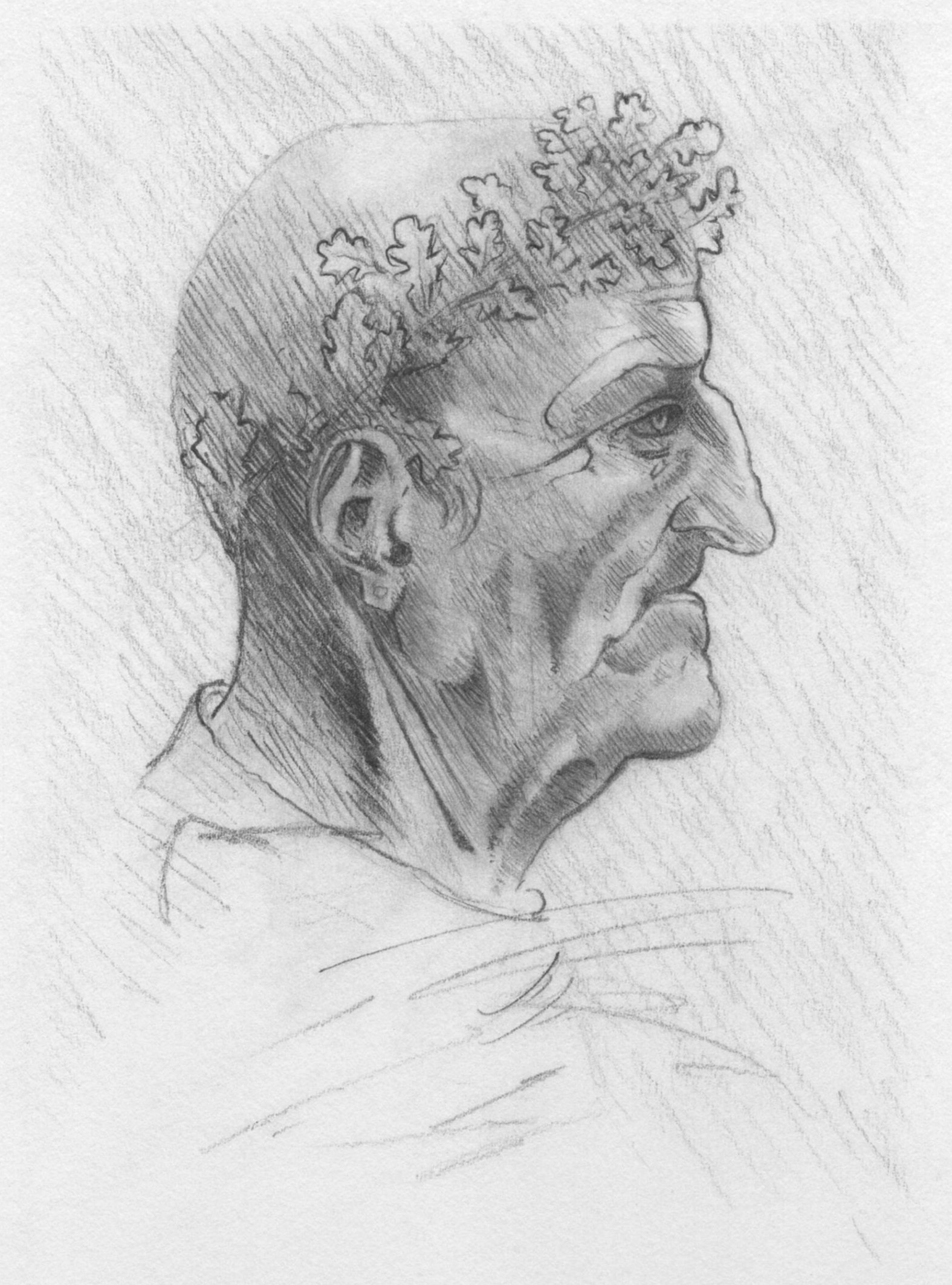Article by Ronnie Rayner Larter
 One might wonder today, what on earth has happened to art? Why have we been bombarded with weird images, strange ideas, non-realistic subjects, wild colour themes? It seems there are no rules in art.
One might wonder today, what on earth has happened to art? Why have we been bombarded with weird images, strange ideas, non-realistic subjects, wild colour themes? It seems there are no rules in art.
Students are given absolute freedom. There are no restrictions on how or what they want to create and it’s all down to a handful of artists who broke away from the traditional rules of art.

Jackson Pollock Painting
Freedom in art today is the product of a 19th century rebellion against academic rules of old school drawing and painting methods that gave birth to a new school of modern artists. Classical drawing techniques were swept under the carpet and students are now encouraged to experiment and express themselves with new ideas, which often leads to wild results that nearly always draw criticism from the public.
But now the tide is turning; over the past few years more and more art students have been searching for schools that teach traditional methods as practiced by the old masters. As a result, a growing number of private studios or ateliers, even online ateliers, have come into being where students can now learn the old techniques of drawing and painting.

My rendition – one of the characters from Leonardo’s drawing ‘Five Characters’
What are those techniques? Well; it’s certainly not ‘freedom of expression’ where the artist simply scribbles lines and throws paint onto the canvas without any thought of traditional techniques; but instead, it’s a tight, ridged and slow process of drawing and painting; almost painstaking in fact. Such techniques are certainly a test for any budding artist who wants to learn the old ways; and it’s well worth the effort. However, some often fall by the wayside because of its tight, slow process, therefore not making the grade.
The process begins with learning to draw before moving onto painting. Drawing from the flat, at it was often referred too, is a method where students first started to learn drawing techniques by copying from old masters’ prints. No colour was used in the first year; only charcoal, black pastel, white chalk, graphite and silver-point was used.
In the second year, students progressed to drawing from casts and 3-D sculptures of heads, figures and parts of the body with some ‘real-life’ figure drawing being introduced as well. Again, all drawings were done in greyscale.

Bargue foot drawing in HB graphite pencil– Ron Larter
Over a two-year period students were thoroughly trained in developing drawing skills and it was only in the third year when they were allowed to start painting. In the early stages of painting, as they did with drawing, they were only allowed to use greyscale, but later progressed to monotone using one colour and then finally to full colour. It was an intensive course that resulted in a group of very skilled artists; in fact, masters of pencil and paint.

Orange with Leaves
Ron Larter – Graphite pencil and eraser
If you are an artist who wants to learn to draw using methods of the old masters, there are a number of short tutorial/advisory videos that can be found on YouTube under titles of ‘ classical drawing techniques’ ‘Bargue Drawing’ or ‘The Academic Process’.
If you have the finances, you can enrol on an online atelier course; but they are quite expensive. The Drawing Academy however, which is an online atelier, offers a very affordable course; in fact, one of the best priced courses available today.
Ron Larter’s Facebook page »
Enroll in the Drawing Academy Course
Pay once - Enjoy forever!
Only $297






I completely agree with your insight on the process, no one now a days wants to take the time to learn what was passed down from centuries of artist learning what it took to be a great artist.
Thank you, Richard. Although I do enjoy seeing some modern, contemporary art, I feel certain the reason why some artists do not draw or paint realism is because simply cannot draw well. Much of that is the fault of art schools who often encourages the idea of being expressive rather than reach HOW to draw. The Drawing Academy, amongst a growing number of small ateliers, are now putting that right and deserves a pat on the back for their efforts.
I agree with Richard, today its all about instant gratification. No one seems to have the patience or the discipline to make a long term committment to learn a skill such as drawing.